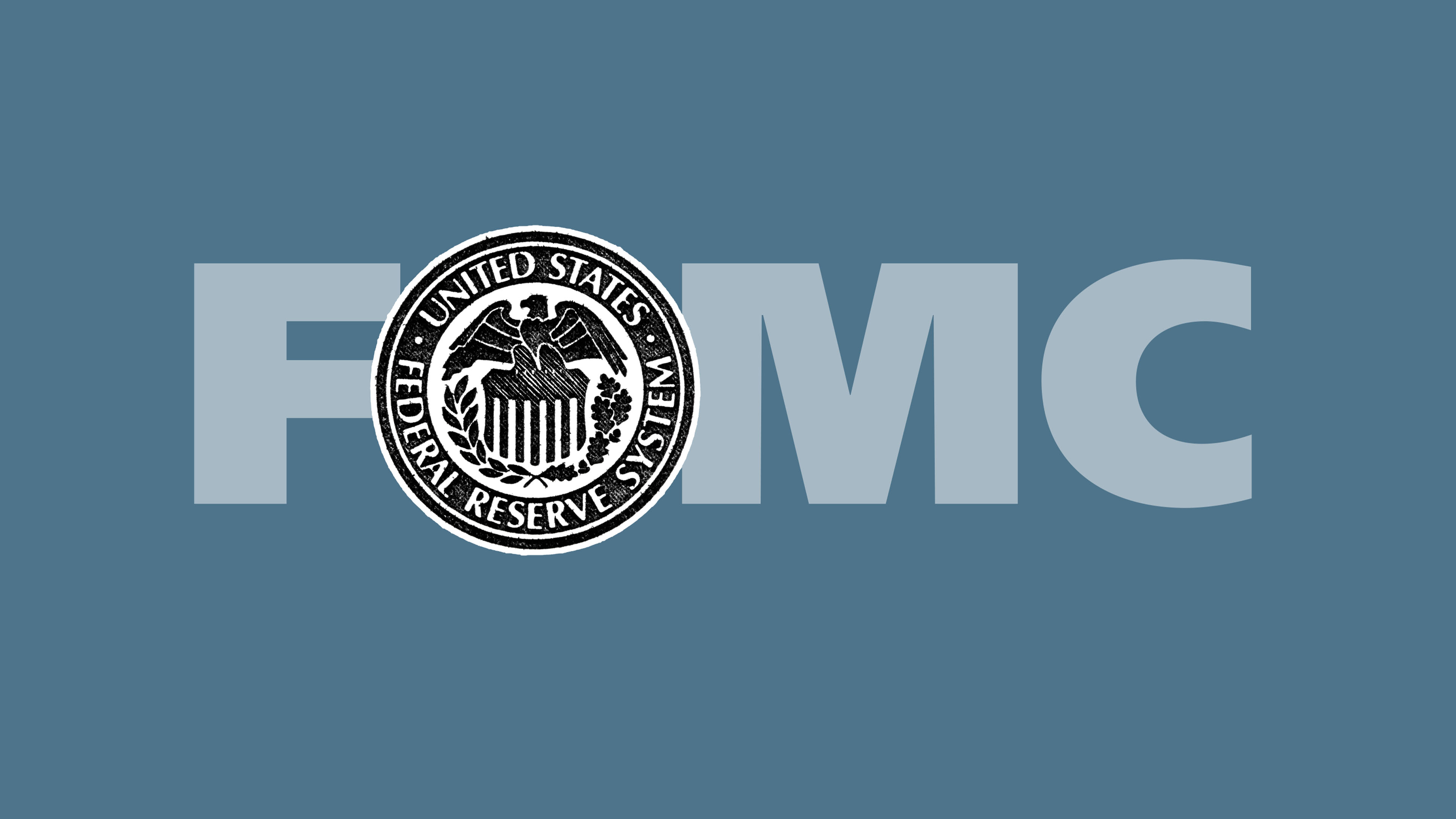

Balancing progress on taming inflation against still-resilient U.S. economic growth, the Federal Reserve in January clearly signaled its next move is likely to be a rate cut, but it is keeping its options open on timing – and the next meeting in March may be too soon.
Barring a material weakening in economic activity, we believe the Fed will wait until closer to midyear to begin its easing cycle with a 25-basis-point (bp) rate cut. As for subsequent rate cuts, the Fed’s latest projections (from December) suggest a 25-bp cut at every other meeting, but that pace could be adjusted depending on macro developments.
In our view, the risk of inflation getting stuck at above-target levels, or even reaccelerating, remains crucial for Fed policy, although we agree with the Fed’s assessment that risks have moved into better balance recently.
Waiting for more good data
While technically March could be in play after the Fed (as expected) removed the hawkish hiking-bias language previously present in its policy statement, the Fed also added the caveat that it does not expect to reduce the policy rate until it has gained “greater confidence” that inflation is moving sustainably toward its 2% target. At the post-meeting press conference, Fed Chair Jerome Powell said, “I don’t think it is likely that the Committee will reach a level of confidence by the time of the March meeting to identify March as the time [to cut], but that is to be seen.”
Developments on inflation and other macro factors since the December Fed meeting have had mixed implications for policymakers. U.S. core PCE (personal consumption expenditures) inflation has continued to move in a good direction, and is back in “2-point-something” territory. However, core CPI (consumer price index) data has remained firmer than PCE for several reasons, including the higher weight of shelter costs within the CPI calculation, and a faster decline in some non-market pricing categories within PCE – mainly healthcare. Although PCE is the Fed’s preferred inflation measure, the sticky CPI data does complicate its policy decisions, perhaps prompting some of the hesitation conveyed in the “greater confidence” line.
Various econometric models suggest that most of the post-pandemic increase in inflation resulted from pandemic-related factors (fiscal stimulus, supply chain bottlenecks, etc.), and similarly, most of the recent good news has stemmed from these same factors fading (or even reversing). However, labor markets remain tight, adding to inflationary pressure.
Other factors that could prompt the Fed to wait longer to cut rates include the U.S. economy’s persistent resilience in the face of more contractionary fiscal policy in the latter half of 2023 and slower credit growth. Meanwhile, easier financial conditions will likely support near-term growth momentum in the most rate-sensitive sectors, such as residential real estate investment.
Historical precedent also provides insights into the behavioral aspects of monetary policymaking: Central bank officials usually tend to lag in easing. Typically, they would begin easing when their economies were already in recession. As we discussed in our Cyclical Outlook, “Navigating the Descent,” there have been a handful of instances when central banks eased absent a recession. However, fear of Arthur Burns’ legacy (he chaired the Fed amid rampant inflation in the 1970s) may well keep policymakers focused on managing inflation risks for a few months longer.
Questions about the Fed balance sheet
Although the Fed did not adjust its current balance sheet policy – since June 2022, it has been gradually reducing its holdings of U.S. Treasuries and agency mortgage-backed securities – Chair Powell fielded a question about it. He replied that while policymakers did discuss the balance sheet at this meeting, he anticipates they will have more in-depth discussions in March, and he indicated that as always the Fed is focused on maintaining ample reserves in the financial system.
The balance sheet has been a topic of interest following a speech earlier this month by Dallas Fed President Lorie Logan, who suggested the Fed should slow the pace at which assets are allowed to run off its balance sheet. Following Logan’s comments, many forecasters now expect the Fed will slow and then conclude its runoff program (often known as quantitative tightening or QT) sometime this year.
We believe that balancing the risk of unwanted volatility in money markets versus a clearly communicated preference to reduce the balance sheet would argue for the Fed to use a “taper and watch” strategy that continues to reduce Fed holdings and eventually drains reserves. To date, the Fed’s QT policy hasn’t actually tightened bank liquidity materially, and key money market rates have been generally stable, suggesting that reserves can decline somewhat and still remain ample.
As a result, we believe conditions should allow the Fed to continue to run off its balance sheet likely through 2024. That said, developments in the banking sector (greater demand for reserves, potential regulatory changes) could argue for a slower decline in reserves before they reach the top of the range of estimates ($2 trillion – $3.5 trillion, according to various models), and the Fed then proceeding slowly enough to be able to react to changing money market dynamics.

